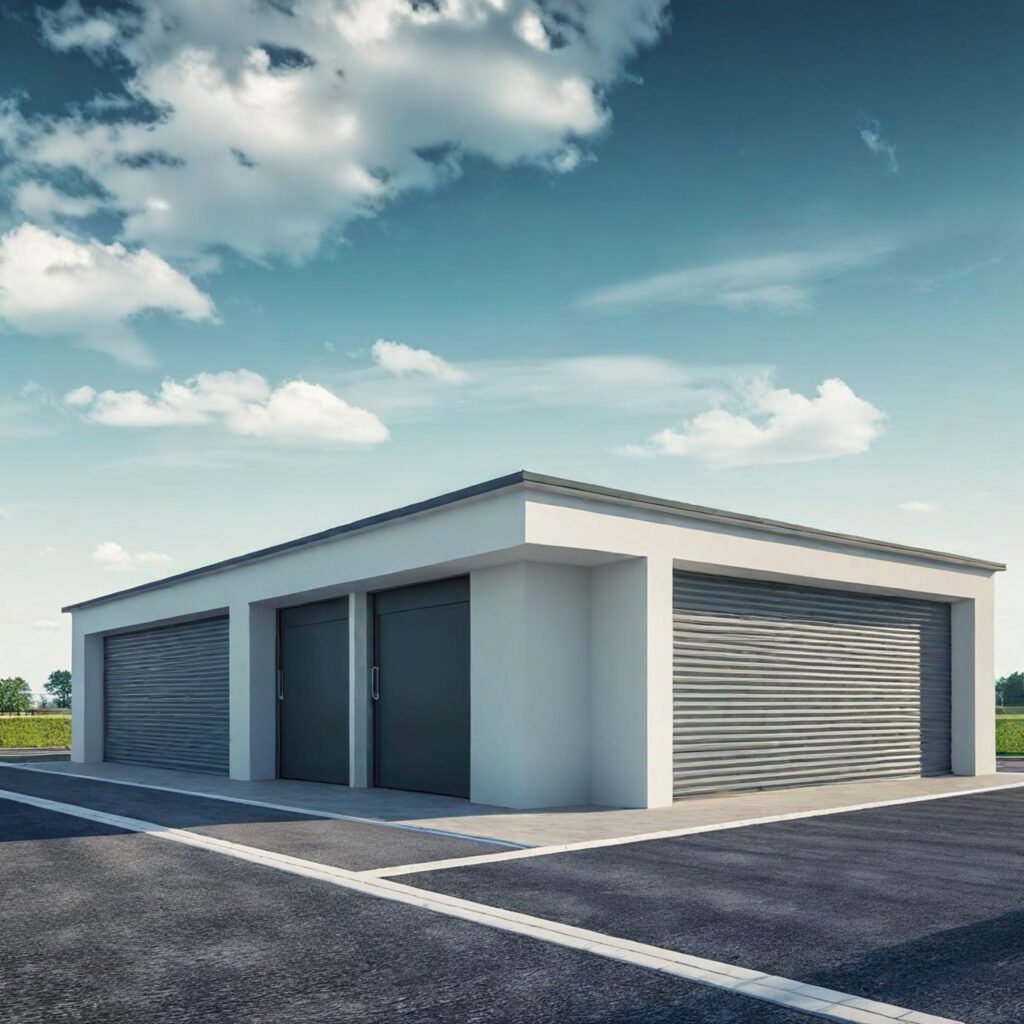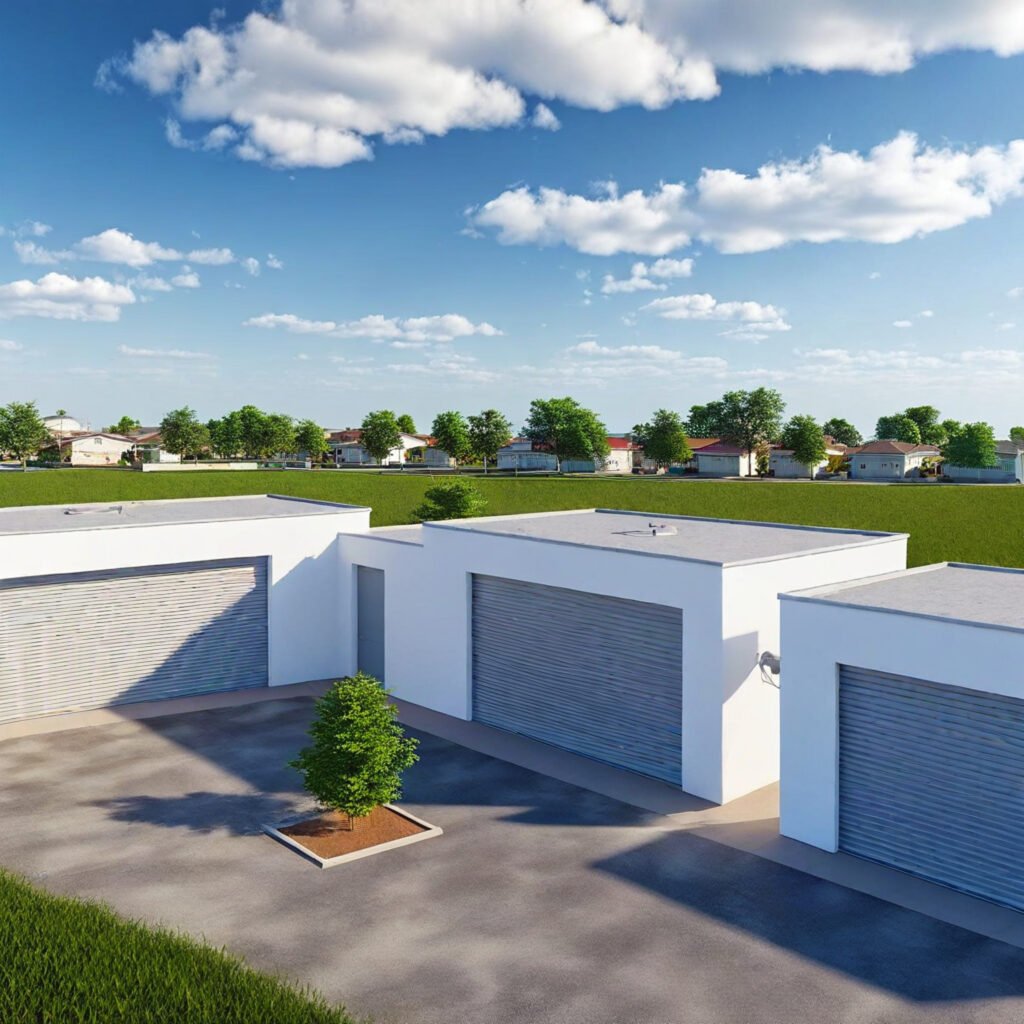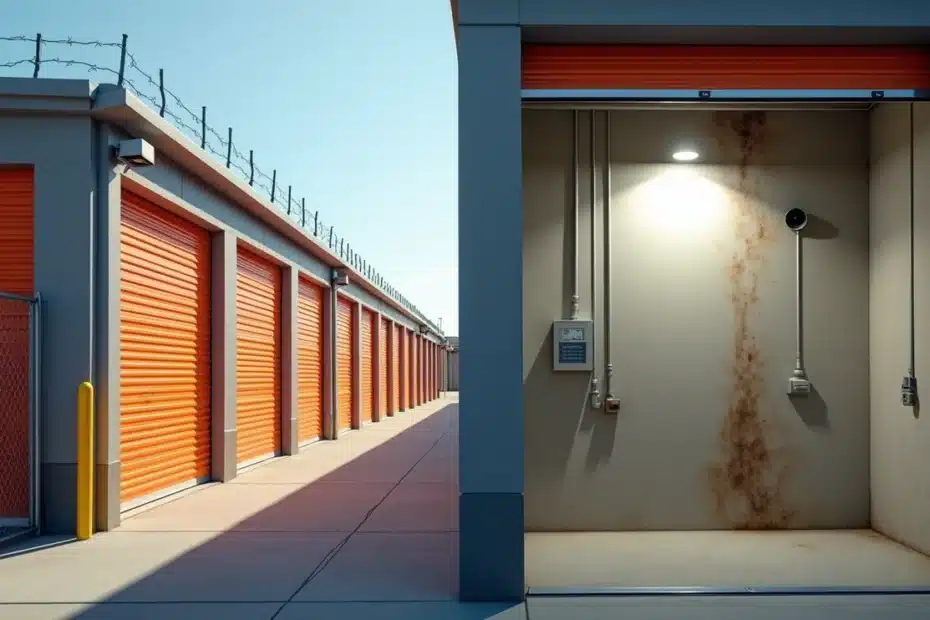Storage facility security managers face tough challenges today. Break-ins at storage facilities have jumped 35% in the last three years. These incidents cost businesses between $15,000 and $25,000 on average. The self-storage industry has seen massive growth and now covers more than 50,000 facilities nationwide. These facilities hold customer belongings worth over $24 billion. Yet many security ratings don’t capture all the protection measures needed.
Standard security ratings often miss key factors that determine real protection levels. Research shows professional surveillance systems can cut break-ins by 70-85%. However, many storage unit security assessments don’t properly evaluate these tech solutions. Security facilities need more than just theft prevention. They must protect stored items from damage. Traditional ratings often overlook this crucial aspect.
This piece will get into what security ratings actually measure. We’ll explore overlooked technology gaps, environmental and fire safety considerations, and how insurance and liability relate to real-life security incidents. Understanding these missing elements will give you the knowledge to assess and strengthen your facility’s security position.
What Most Security Ratings Actually Measure
Storage facilities’ security ratings today look at what’s easy to spot but miss the core elements that make security work.
Focus on physical barriers like gates and fences
Security evaluation systems put perimeter protection at the heart of storage facility security. Strong fencing serves as the first physical barrier against unwanted entry. Facilities get their ratings based on their fence quality – how tall they are, how strong the materials are, and how hard they are to break through. The best security ratings go to places that have tough, well-kept fences around the whole property. Some advanced systems also check how well fences can stop vehicles trying to crash through at different speeds.
Electronic gate systems with controlled access rank as the second most checked physical barrier. Rating systems reward facilities that use special access codes or keycards to track when people come and go. But these reviews don’t deal very well with a key security issue – whether facilities give out individual PINs that stop working once customers leave.
Overemphasis on visible deterrents
The ratings put too much weight on security features you can see and not enough on equally vital measures that aren’t so obvious. Lighting gets lots of attention in ratings because bright facilities feel safer and help cameras work better. Security cameras get good scores mainly because people can see them, not because they actually stop crime.
Staff presence on site often boosts ratings as a visible security measure. Some places get better ratings just because they have more workers than other facilities nearby. These visible features create a false sense of complete security without fixing the real weak spots.
Lack of context around facility usage patterns
The biggest problem with standard security ratings is that they ignore how people actually use these facilities. They rarely look at how access controls work with property management software or if security adapts to different patterns throughout the day.
The ratings don’t check how well security systems detect normal visits from suspicious activity. They also miss whether security measures change for risky times like late-night access or quiet periods when break-ins might happen.
This narrow view of security ratings creates a big gap between what people see as safe and what’s actually protected at storage facilities.
Overlooked Technological Gaps in Security Ratings

Modern security facility management depends on technological solutions that traditional ratings often miss. These overlooked elements play a crucial role in how well storage facility protection systems work.
No evaluation of biometric or smart access systems
Standard security ratings typically skip biometric authentication technologies that check user identity through unique physical traits. Advanced biometric systems can detect fingerprints, irises, facial features, and other biological markers to confirm who someone is. Users can’t share their biological traits like they might with keycards or passcodes, which makes these systems safer and tracks each person’s access.
Cloud-based smart entry systems let tenants use their mobile devices to get in, but most security assessments don’t look at these. The systems automate the move-in process and keep detailed logs of who enters facilities. Some cutting-edge systems let users share digital keys with time limits that they can cancel anytime. Security ratings rarely look at these features.
Missing remote monitoring capabilities
Remote monitoring serves as the foundation of modern security facility management, yet rating systems don’t assess it. Remote access control lets operators manage access rights from anywhere. This cuts down operational costs and boosts security.
AI-powered surveillance systems pack powerful features that ratings miss:
- Up-to-the-minute alerts about security breaches
- Motion detection that can identify objects
- Round-the-clock facility monitoring through unified dashboards
These advanced monitoring systems cut down theft risk and help respond to security problems quickly. Yet standard security assessments barely notice them.
Lack of integration with inventory tracking
The biggest oversight in current ratings is how security systems work with inventory management. Modern tracking tech like RFID tags and barcode systems keeps a constant watch over stored items. The security benefits these systems bring – less inventory loss and better data accuracy – don’t show up in standard ratings.
Combining access control with inventory tracking creates a complete record of the storage process. This makes unauthorized access much harder. Security ratings still focus on exterior protection instead of these vital tech safeguards.
Environmental and Fire Safety: The Hidden Risk
Environmental protection plays a vital role in security facility management. Standard ratings don’t deal very well with this critical aspect of operations.
Why climate control matters for sensitive items
Security ratings overlook climate control, yet temperature changes can severely damage valuable items. Wood furniture’s structure suffers from temperature shifts that cause warping and cracking. Leather loses moisture, and electronics fail under extreme conditions. Artwork needs specific conditions to stay preserved—a temperature of 70-75°F with 50% humidity works best. Warm air meeting cool surfaces creates condensation that damages items beyond what any security measure can stop.
Fire suppression systems are often ignored in ratings
The National Fire Protection Association points to arson, faulty electrical equipment, and heating systems as the main fire threats in warehouses. Many security facilities still lack proper fire protection systems. Traditional sprinklers might not reach fires in rack storage effectively. That’s why facilities need in-rack sprinkler systems with Early Suppression Fast Response sprinklers. Security ratings rarely look at these crucial protective measures.
Humidity and mold prevention are rarely considered
Mold runs on humidity levels above 50%, which puts sensitive items at risk. Good storage security needs humidity control through dehumidifiers, silica gel packets, or charcoal bricks. The ideal humidity range sits between 30-50%, but most security assessments skip this standard. Good airflow design stops moisture from building up. Without it, mold, mildew, and corrosion can damage stored items badly.
Insurance, Liability, and Real-World Incidents

Storage facility insurance costs show real security risks that most ratings don’t capture well. When thieves break into a storage facility, customer property losses typically range from $15,000-$25,000. This creates major liability issues for facility owners.
How insurance coverage is tied to actual risk
Insurance companies reduce premiums for facilities that have good security solutions. Properties with 24/7 surveillance, active deterrents, and verifiable incident footage get lower premiums because insurers notice less risk. The opposite happens to properties that don’t have enough security – they face more claims. Industrial Special Risk policies protect commercial storage properties while Environmental Impairment Liability coverage handles pollution risks. Standard security ratings rarely assess these factors.
Security ratings rarely reflect incident history
Storage facility break-ins have jumped 35% in the last three years, but security ratings rarely include this data. The self-storage industry now protects customer belongings worth over $24 billion nationwide. This makes these facilities attractive targets for sophisticated criminals. In fact, 2017 saw 868 data breaches or cyber-attacks in the US. These attacks doubled compared to the previous year. Mid-sized businesses can lose $84,000-$148,000 from just one cyber-attack.
Liability gaps that ratings don’t account for
Security ratings don’t consider premises liability issues from inadequate security claims. Small businesses suffer greatly – 60% shut down within six months after a cyber-attack. Customer goods legal liability, environmental impairment, and wrongful sale insurance are often overlooked. Security ratings look at visible deterrents but miss these critical financial protections needed to manage storage facilities properly.
Conclusion
Traditional security ratings for storage facilities don’t tell the whole story. They mainly look at obvious things like gates, fences, and cameras. The ratings miss many crucial aspects of protection. Facility owners need better ways to evaluate their security systems.
Current rating systems often overlook major technological advances. Modern security features like biometric authentication, cloud-based smart entry systems, and AI-powered monitoring can boost protection levels. These systems rarely show up in standard assessments. Smart inventory tracking systems also play a key role in stopping unauthorized access.
Security evaluations miss another critical aspect – environmental protection. A facility’s climate control, fire suppression, and humidity management systems keep stored items safe. Even the best perimeter security can’t protect against environmental damage without these safeguards.
Storage facility break-ins are a big deal, as it means that insurance providers now see risks that rating systems miss. Facility operators face serious threats from liability claims due to weak security measures.
Storage facilities need evaluation based on complete security frameworks instead of basic ratings. This should include physical barriers, tech solutions, environmental safeguards, and insurance coverage. A facility’s security works only when it tackles all weak points, not just the visible ones.
Next time you check a storage facility’s security, dig deeper than basic ratings. Look at all the protection levels needed to keep valuable items safe. You’ll make better choices about storing your belongings when you understand the full picture.

